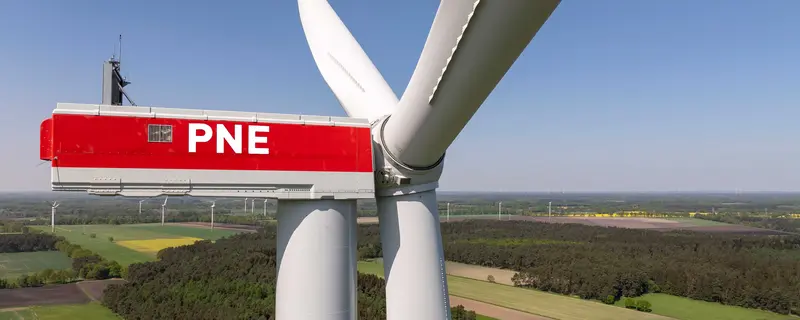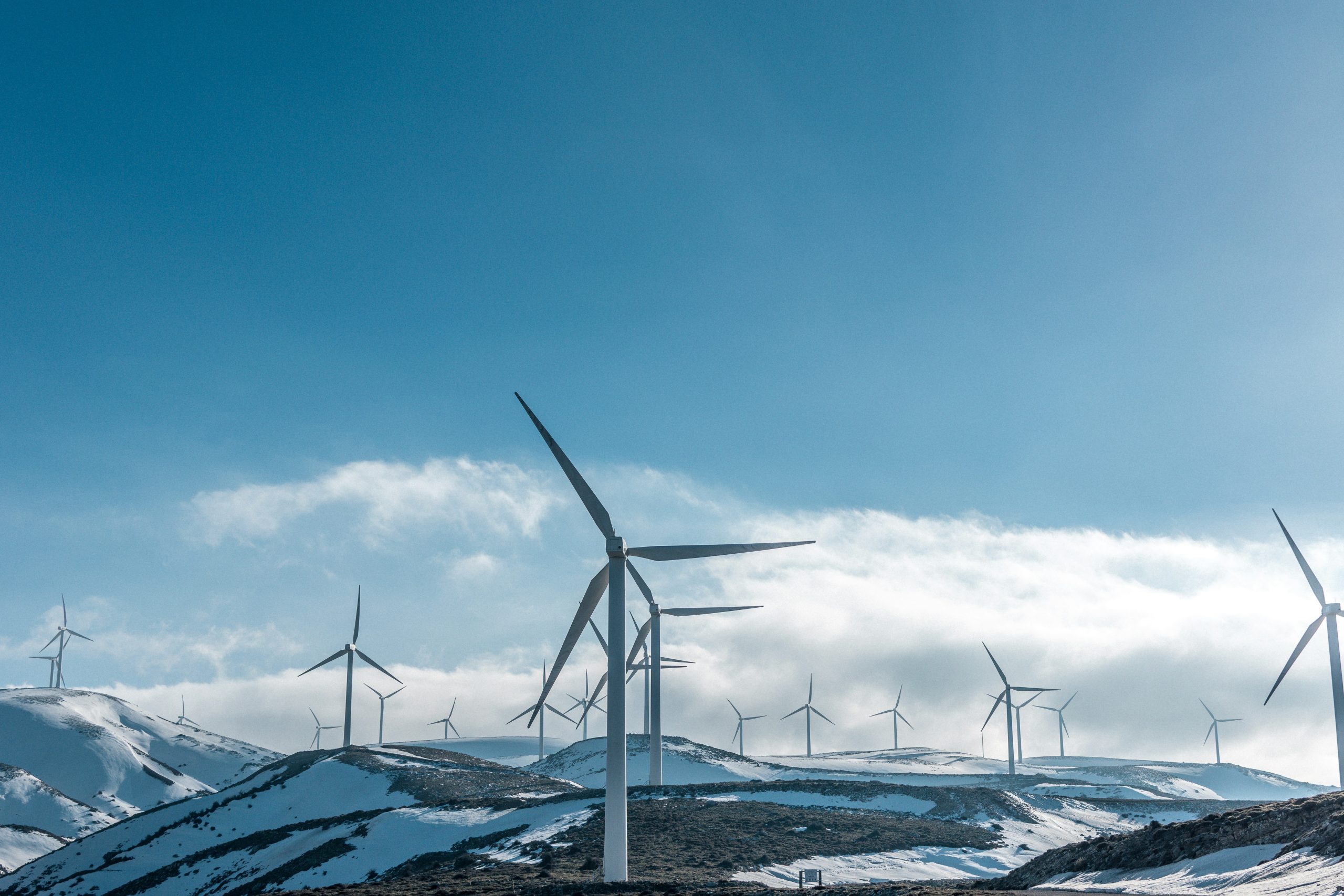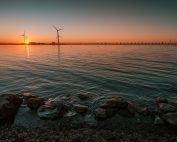In January 2022, the Federal Ministry of Economic Affairs and Climate Action (BMWK) presented first concrete plans at a meeting with representatives of the offshore wind industry. Managing Director of the industry organization BWO, Stefan Thimm, comments that this is a positive development, that the industry did not dare to dream about just a few months ago. – That momentum should now be harnessed to pursue new goals, he argues.
Due to improperly set political framework conditions, no physical construction of new wind turbines took place in the German North Sea and Baltic Sea in 2021. Motivated by the need for climate protection and sustainable economic development, the new government set higher and longer-term targets for offshore wind in the coalition agreement. Industry organizations argue that it is immediately necessary to revise network development planning, and areas for the implementation of the targeted expansion path. The goal must be to realize the full potential of accelerated action.
In January, BWO held its first offshore wind industry summit. Participants – from component and turbine manufacturers to port companies, offshore wind farm operators, and service providers to transmission grid operators – made it clear: It is no longer a question of “if” or “how much”. Since then it’s a question of “how”. Industry must provide and collectively offer holistic solutions to policy makers.
The German Association of Offshore Wind Farm Operators (BWO) is the federal association of all companies that plan, build, and operate wind farms in the German North Sea and Baltic Sea. Thimm comments that the new political impulse took everyone by surprise, but also gave them encouragement. Over the next few years, the offshore wind industry is facing investments of 150 billion euros. This will create tremendous opportunities for the economy as a whole and especially for the domestic SME sector – production capacity will increase, new jobs will be created. Maritime expansion will also contribute to the development of structurally weak coastal regions.
In the short term, this means in particular speeding up previously lengthy approval procedures so that investors receive planning and investment security at an early stage and can face international competition for important resources – such as components, production, port and ship capacity, or skilled workers. In addition, the responsible authorities must have the right human resources and the right mindset. And quick – early if possible – tenders for new offshore wind projects, explains BWO’s Thimm.
There are a lot of challenges
The issue of emergency medical care remains to be explored by industry and national policymakers. The BWO indicates that an answer is needed to the question, who is responsible for rescue operations in the Exclusive Economic Zone (EEZ)? Offshore wind farm operators are already taking over emergency rescue flights outside offshore wind farms. However, to date, neither the costs nor the division of responsibilities have been clearly regulated.
Further questions relate to end-of-life dismantling requirements for offshore wind farms. The designation of new areas for offshore wind will also be crucial – there is no other way to reach 70 GW, GWO explains.














